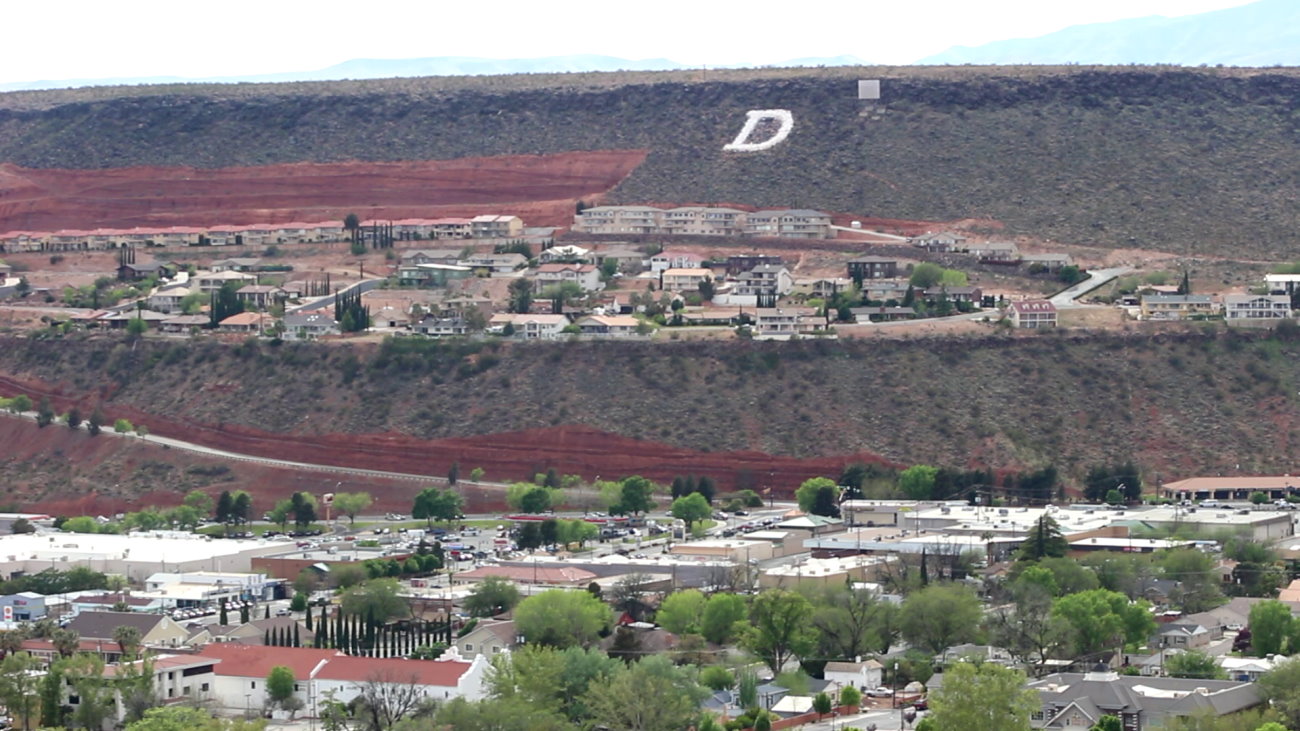ST. GEORGE — St. George once again has been rated among America’s top 10 areas for growth, according to the U.S. Census Bureau.

A report released Thursday by the Census Bureau sets St. George at the top of the country’s metro areas with 5.1% growth from July 2020 to July 2021. During this time span, it is estimated the area grew by 10,000 people. Two other Utah metro areas – Provo-Orem and Logan – ranked eighth and 10th with 3.3% and 2.9% growth respectively.
“The population growth of the St. George area is a testament to what a great place we live in,” said David Cordero, communications and marketing director for the City of St. George. “Quality of life, safety and economic opportunity combine to make this a desirable place to live.”
Utah County also came in 10th place for counties in the country for numerical growth at over 21,800 people added to its population during the year.
America’s fastest growing cities by percent, courtesy of the Census Bureau:
Top 10 Metro Areas in Percent Growth: July 1, 2020 to July 1, 2021 |
|||||
| Rank | Metro Area | April 1, 2020 Estimates Base) |
July 1, 2020 | July 1, 2021 | Percent Growth |
| 1 | St. George, Utah | 180,279 | 181,924 | 191,226 | 5.1% |
| 2 | Coeur d’Alene, Idaho | 171,362 | 172,646 | 179,789 | 4.1% |
| 3 | Myrtle Beach-Conway-North Myrtle Beach, South Carolina-North Carolina | 487,722 | 491,582 | 509,794 | 3.7% |
| 4 | Punta Gorda, Florida | 186,847 | 187,960 | 194,843 | 3.7% |
| 5 | The Villages, Florida | 129,752 | 130,897 | 135,638 | 3.6% |
| 6 | Boise City, Idaho | 764,718 | 769,581 | 795,268 | 3.3% |
| 7 | Lakeland-Winter Haven, Florida | 725,046 | 729,233 | 753,520 | 3.3% |
| 8 | Provo-Orem, Utah | 671,185 | 674,967 | 697,141 | 3.3% |
| 9 | Cape Coral-Fort Myers, Florida | 760,822 | 764,679 | 787,976 | 3.0% |
| 10 | Logan, Utah-Idaho | 147,348 | 147,796 | 152,083 | 2.9% |
While it did not factor into the Census report, the Kem C. Gardner Policy Institute of the University of Utah also reported Thursday that Cedar City had the highest percentage growth at 5% for the state’s four recorded micropolitan areas, which also includes Heber, Vernal and Price, the latter of which saw a decrease in population of -0.5%

According to the Gardner Institute, metropolitan areas have at least one urbanized area with 50,000 or more residents, while micropolitan areas “are smaller and include at least one urban cluster of at least 10,000 but less than 50,000 inhabitants.”
As for why people keep moving to St. George, Mayor Michele Randall said the “open” nature of the city likely has been a draw.
“It’s understandable that so many people are moving to Utah,” Randall said. “We remained open through the pandemic. I think that opened the floodgates. Now people are fleeing cities and towns and states that are so constrictive and we’re not.”
St. George – and Utah in general – became a travel destination in 2020 and 2021 for many whom local officials repeatedly say came to escape cities and states where strict COVID-19 restrictions had been imposed and certain businesses and activities remained closed.
“We’re a beautiful, great place to live,” the mayor said. “We have so many things to offer, so people want to be here.”
Copyright St. George News, SaintGeorgeUtah.com LLC, 2022, all rights reserved.